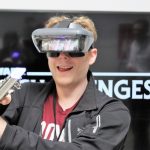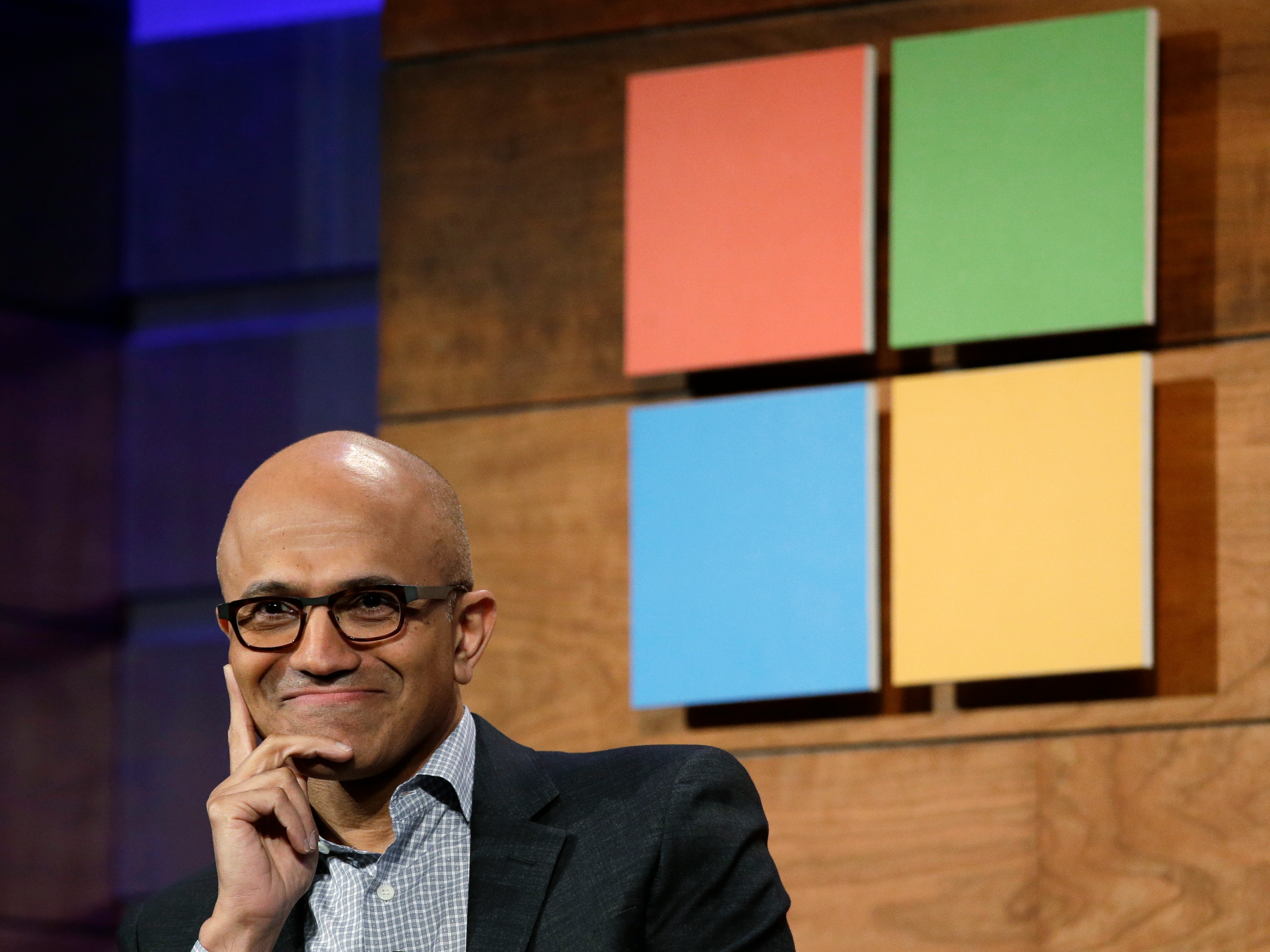- Five years ago, Satya Nadella became CEO of Microsoft.
- In that timeframe, Microsoft has been rejuvenated – it’s enjoyed a stretch as the most valuable company in the world, beating Apple for the first time since 2010.
- More than anything, Nadella has gotten a ton of credit for overcoming Microsoft’s once-cutthroat corporate culture, and getting everybody on the same page.
- Here’s how Nadella went from a rank-and-file Microsoft engineer, all the way up to CEO.
When Satya Nadella first took the reins as Microsoft CEO on February 4th, 2014, the company was losing steam fast.
Microsoft Windows 8 had been a disaster. Microsoft employees were constantly battling behind the scenes for supremacy. And all the while, consumers and developers alike were losing the faith.
Times change.
Back in December, Microsoft’s market cap had exceeded that of Apple’s – something that hasn’t happened since President Obama was in office and the Zune was still a thing. It’s an exclamation point on Nadella’s five-year reign, in which he refocused the company and led it to new heights.
Here's how Satya Nadella came to Microsoft and executed a startling turnaround that led it to be worth more than Apple, with details taken from his book "Hit Refresh" and elsewhere:
This article has been updated since its original publish date in 2016.
Satya Narayana Nadella was born in Hyderabad, India, in 1967. His dad was a civil servant and his mother was a professor of the ancient language Sanskrit.

From a young age, Nadella wanted to be a professional cricket player, and played in school. But he realized that his athletic talent was outmatched by his passion for science and technology.

Nadella received his bachelor's degree in electrical engineer from the Manipal Institute of Technology in 1988. "I always knew I wanted to build things," Nadella once said.
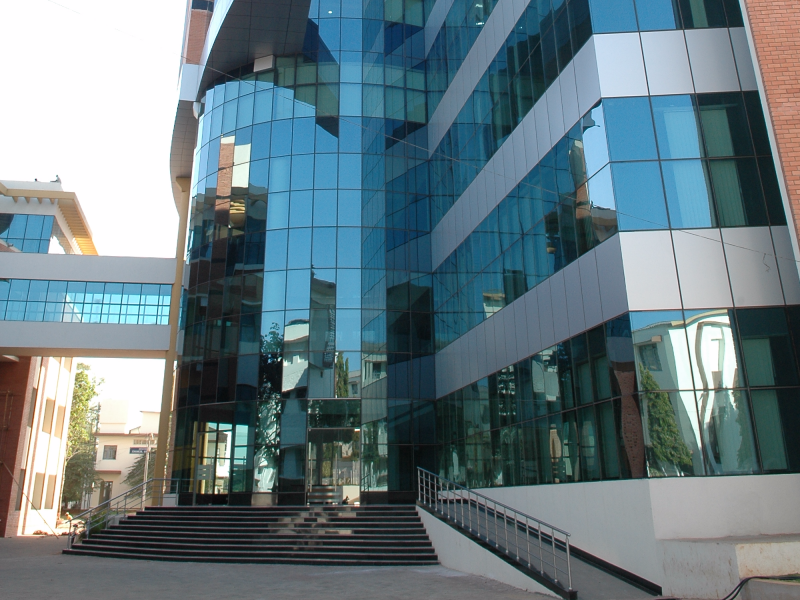
But they didn't have a real computer-science program, so he traveled to the US to attend University of Wisconsin-Milwaukee, where he graduated in 1990.

Now in the US, Nadella would go on to work for Sun Microsystems, the legendary Silicon Valley computer-server company.

In 1992, Nadella joined Microsoft. At the time, founder Bill Gates was still CEO, and Windows had just begun its march to world domination.
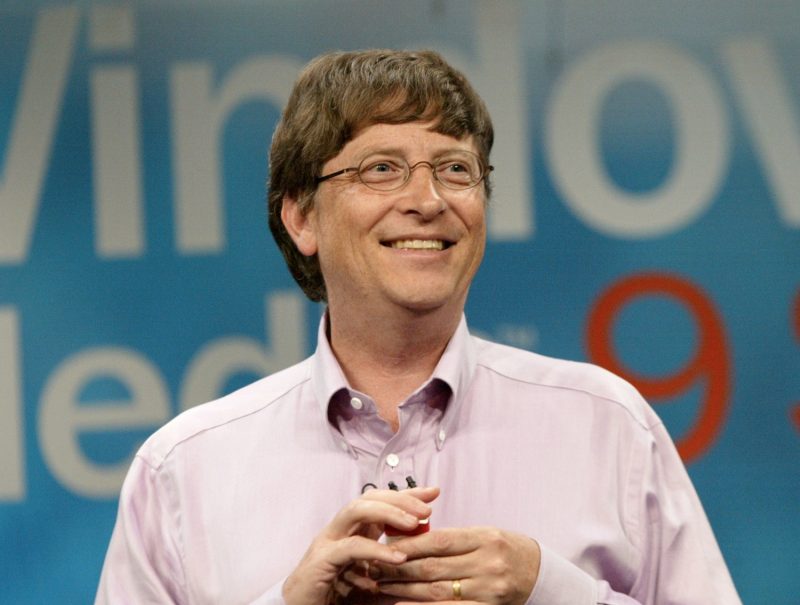
Nadella was one of only around 30 Indian immigrants working at the company. His first projects included Microsoft's ill-fated interactive-TV product and the Windows NT operating system.

Around this time, right as he was ramping up at Microsoft, Nadella married his wife, Anu, who still lived in India. Then, things got complicated, thanks to immigration law. Nadella even gave up his permanent resident status and took an H-1B visa to exploit a loophole that could bring Anu to America to live with him. (He got his citizenship later.)

You can read more about Nadella's immigration struggles here.
By the way, here you can see a baby-faced Satya Nadella pitch Microsoft's Visual Basic in a telethon-style broadcast designed for developers, circa 1993.
During his first years at Microsoft, Nadella also impressed his coworkers and managers alike by commuting every weekend from Microsoft's campus in Redmond, Washington, all the way to the University of Chicago's Booth School of Business to finish his MBA. He'd finally graduate in 1997.

In 1999, Nadella landed his first executive role as vice president of Microsoft bCentral, a set of web services for small businesses that included hosted website-hosting and email.

In 2000, Microsoft got its second CEO: Steve Ballmer.

In 2001, Nadella rose to corporate VP of Microsoft Business Solutions. The group had been formed through a series of acquisitions, including Great Plains, which made accounting software for small and midsize businesses. The group was also building a cloud-based CRM system to compete with Salesforce. Eventually all these products would be rebranded as "Dynamics."

Nadella's star just kept rising: By 2007, Nadella was senior VP of Microsoft Online Services, which meant that he was in command of the Bing search engine, as well as early online versions of Microsoft Office and the Xbox Live gaming service.
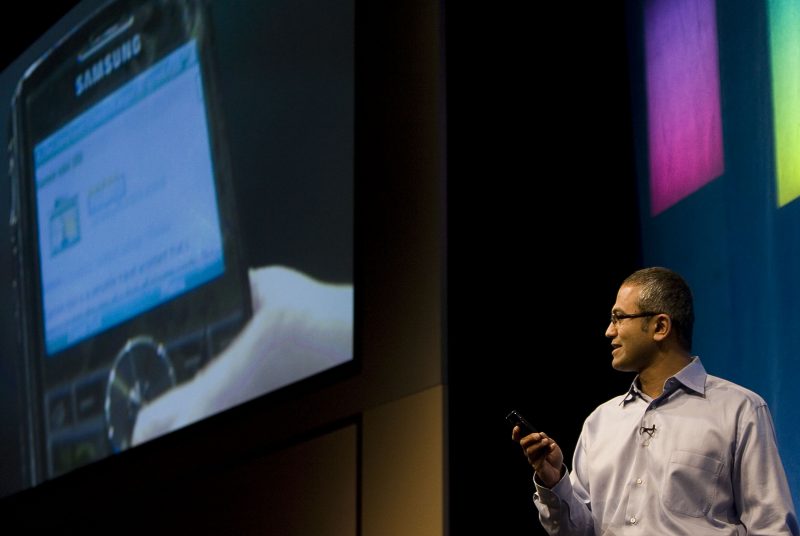
In February 2011, Nadella would get another promotion, this time to president of the Server and Tools Division. At the time, that group oversaw cash-cow products for companies' data centers, like Windows Server and the SQL Server database. But it also hosted one of Ballmer's boldest gambles, the Microsoft Azure cloud platform.

When Nadella took over the server and tools business, it was doing $16.6 billion in revenue. By 2013, that was up to $20.3 billion.
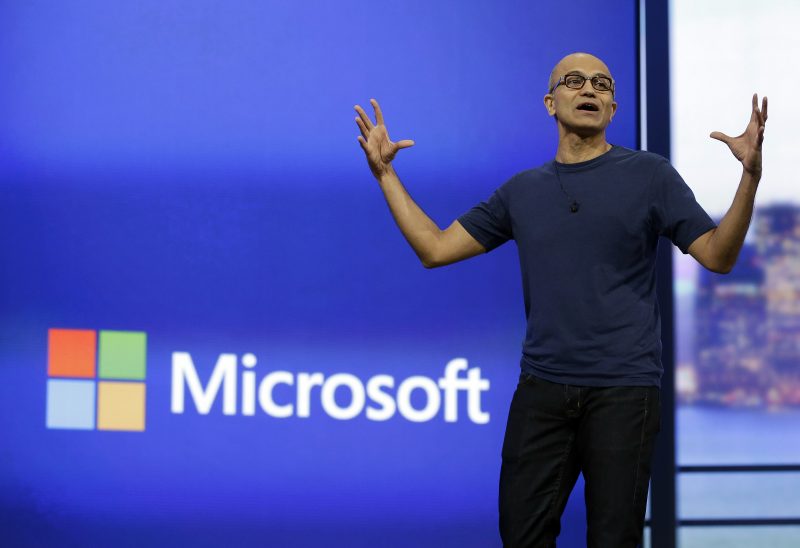
By this point, Microsoft was running into trouble. On the PC side, Windows 8 was a disaster, the iPhone and Android were outrunning Windows phones by leaps and bounds, and Bing just couldn't make a dent in Google's search dominance. And Ballmer took the heat.
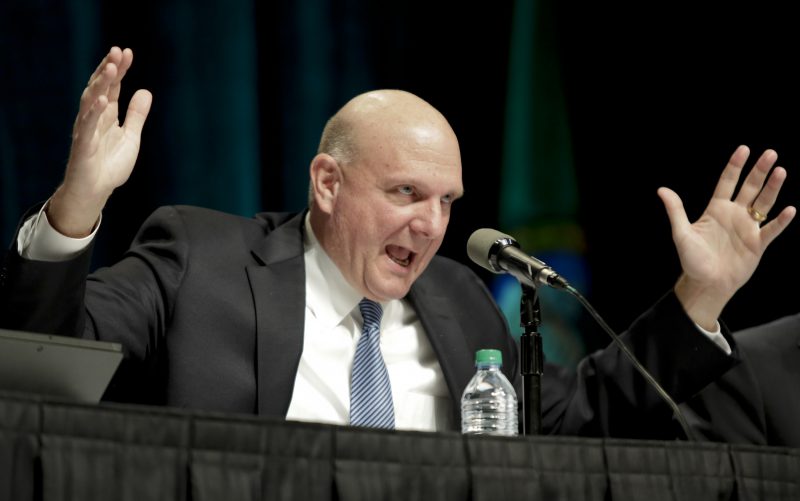
In August 2013, an embattled Ballmer announced that he'd be stepping down, prompting a search for a new CEO. The search committee included Ballmer and Bill Gates.

In February 2014, after much rumor and speculation, it was announced that Nadella would get the nod as the new CEO, with the support of Ballmer and Gates.

To entice Nadella to take the role, Microsoft's board approved an $84 million first-year compensation package.
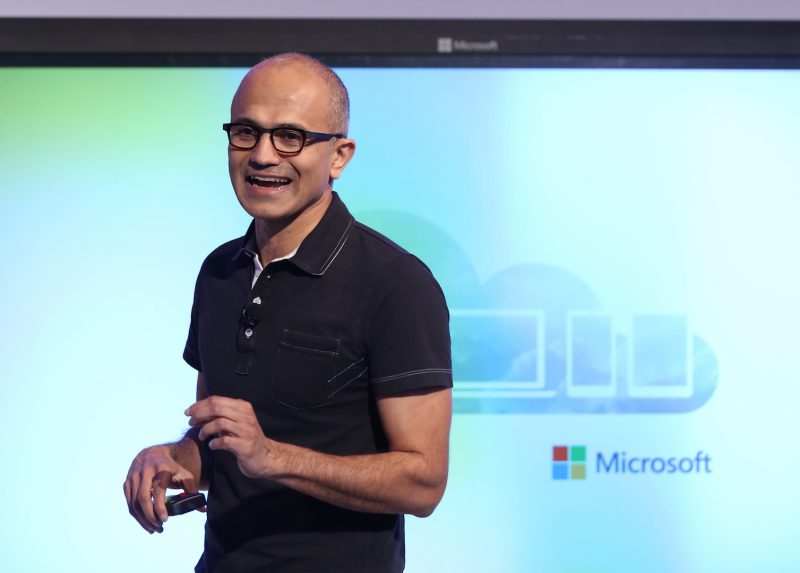
Nadella sent an email to employees when he first took the job.
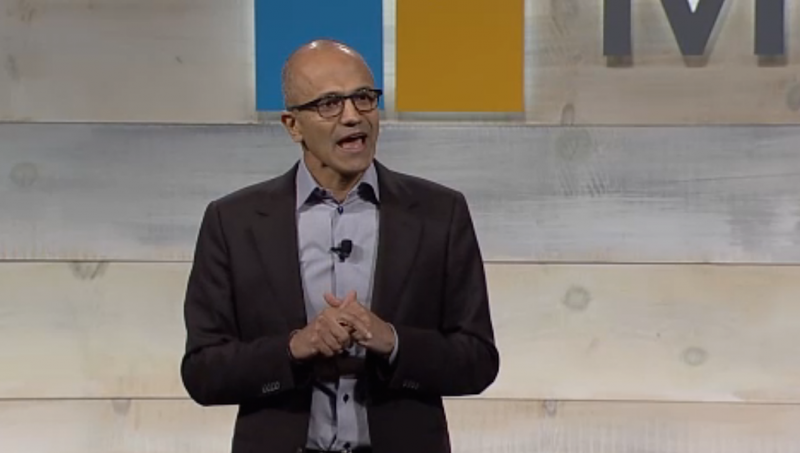
As reported at the time, the email said:
"I am 46. I've been married for 22 years and we have 3 kids. And like anyone else, a lot of what I do and how I think has been shaped by my family and my overall life experiences. Many who know me say I am also defined by my curiosity and thirst for learning. I buy more books than I can finish. I sign up for more online courses than I can complete. I fundamentally believe that if you are not learning new things, you stop doing great and useful things. So family, curiosity and hunger for knowledge all define me. "
Nadella has also compared programming code to poetry.
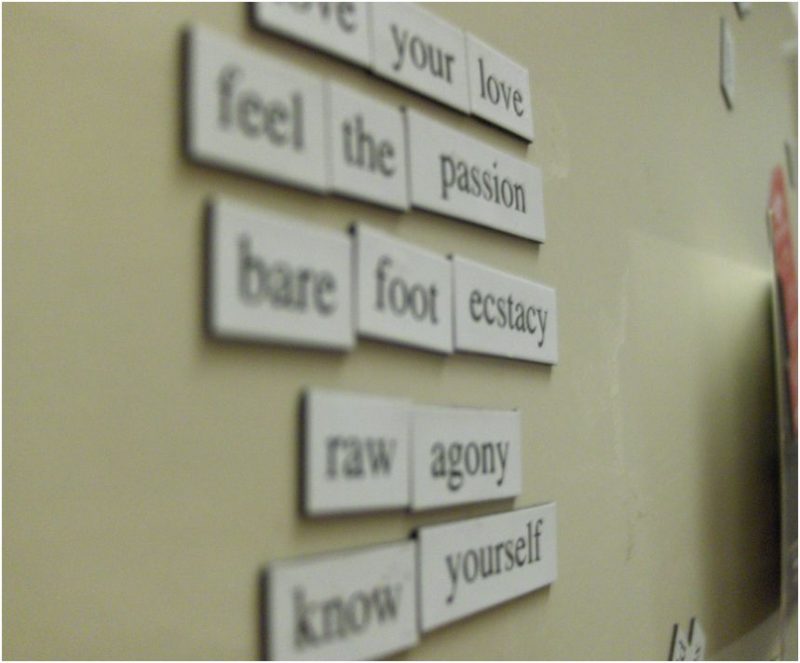
"You're trying to take something that can be described in many, many sentences and pages of prose, but you can convert it into a couple lines of poetry and you still get the essence, so it's that compression. The best code is poetry," he said to Politico.
Nadella quickly won over Microsoft employees by making big changes, quickly, in an effort to right the course and win back customers.

That includes once unthinkable things like embracing the rival Linux operating system on the Microsoft Azure cloud ...
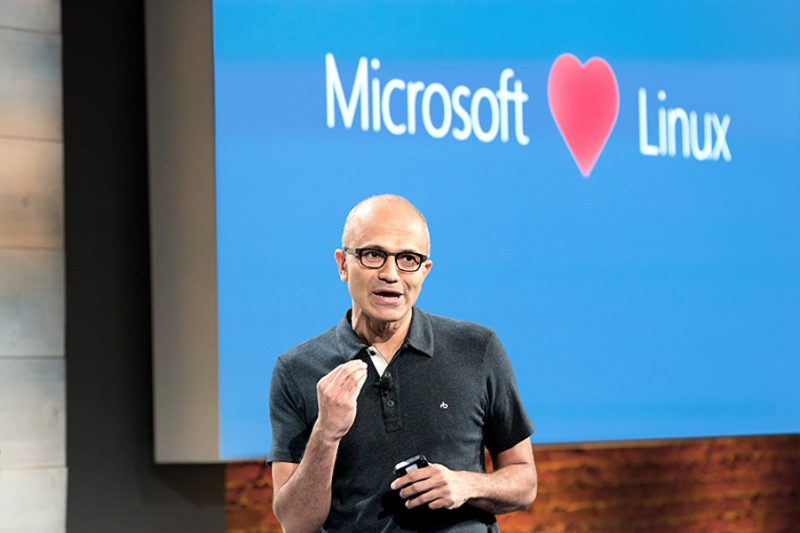
... releasing Microsoft Office for the Apple iPad ...

... spending $2.5 billion to buy Mojang, the studio behind the hit game Minecraft ...

... releasing first-class iPhone and Android apps like Microsoft Outlook ...
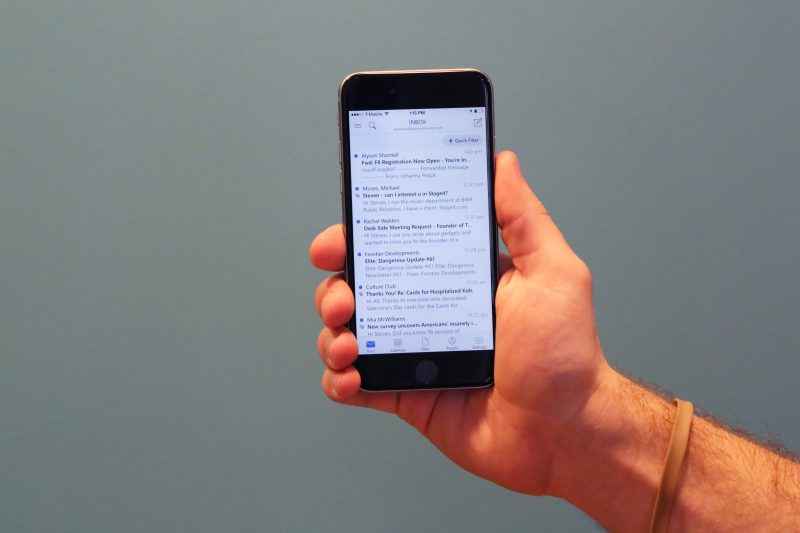
... skipping Windows 9 to go straight to the actually super great Windows 10 ...

... introducing the Microsoft Surface Book, the company's first laptop ever ...

... and, oh yeah, revealing the Microsoft HoloLens, the company's super-futuristic holographic goggles.

Nadella's whole philosophy is about partnering and making sure that Microsoft software and services are available wherever customers are — even if that's not Windows. That's why his first big hire was ex-Qualcomm exec Peggy Johnson, now Microsoft VP of business development, to help partner up with outside companies.

In fact, in 2015, Nadella used an iPhone on stage at an event to show off his favorite Microsoft apps.
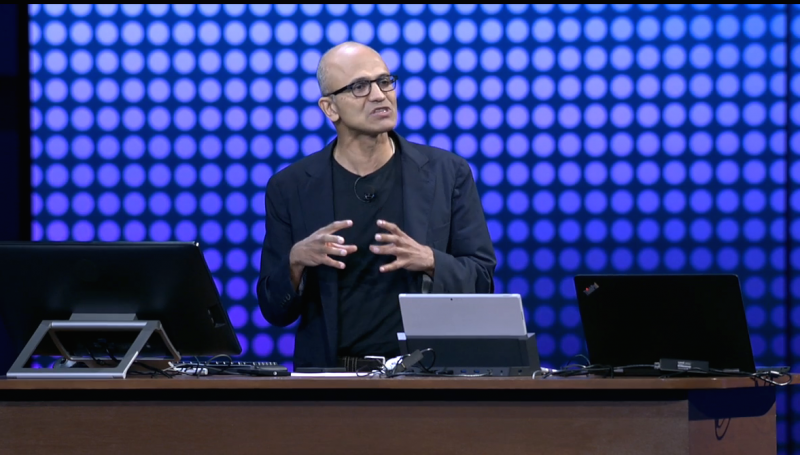
Nadella has also led the company to some of its biggest acquisitions ever, including the $26.2 billion purchase of LinkedIn in 2016...

...and, more recently, the $7.5 billion acquisition of code-sharing site GitHub. The latter is especially notable for playing into Nadella's roots as a programmer and cloud advocate.
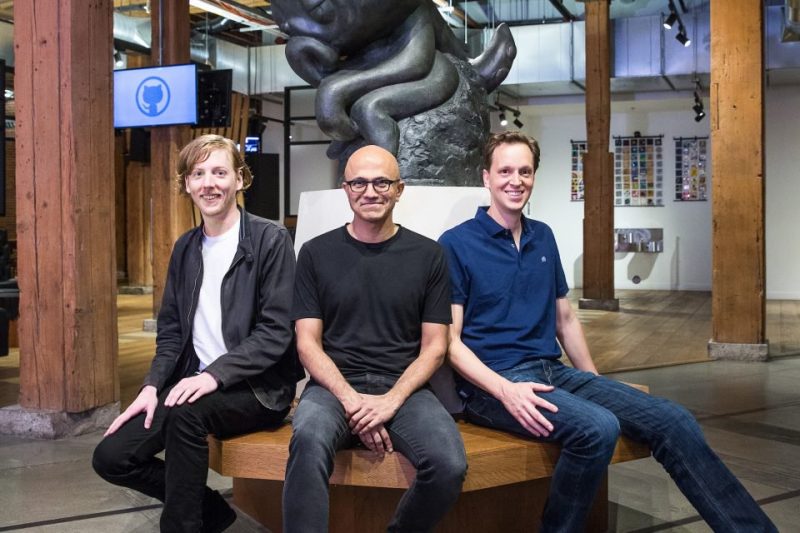
So, yeah. Nadella's been busy. But investors love it: From 2014 to 2015, his first year, Microsoft stock jumped 14%. Today, in 2018, Microsoft's stock price has almost tripled from when he first took the reigns.
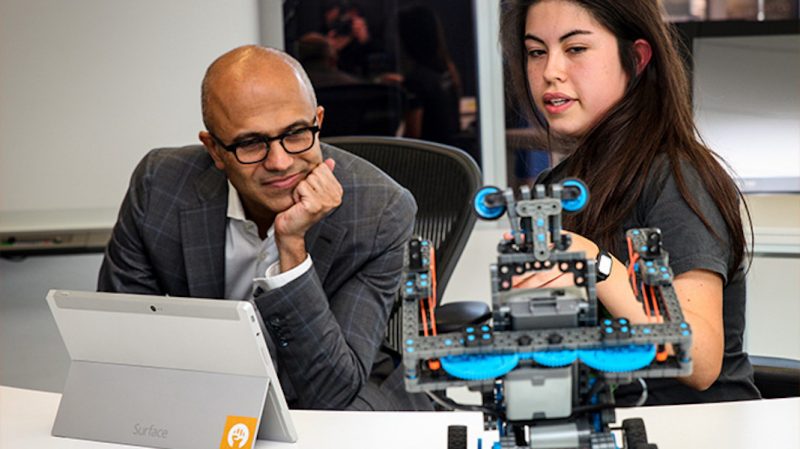
Employees love him, too, with many fond of his leadership style, which emphasizes learning and making mistakes as a hedge against overconfidence and arrogance. Executives credit his leadership with helping Microsoft refocus on what it's good at.
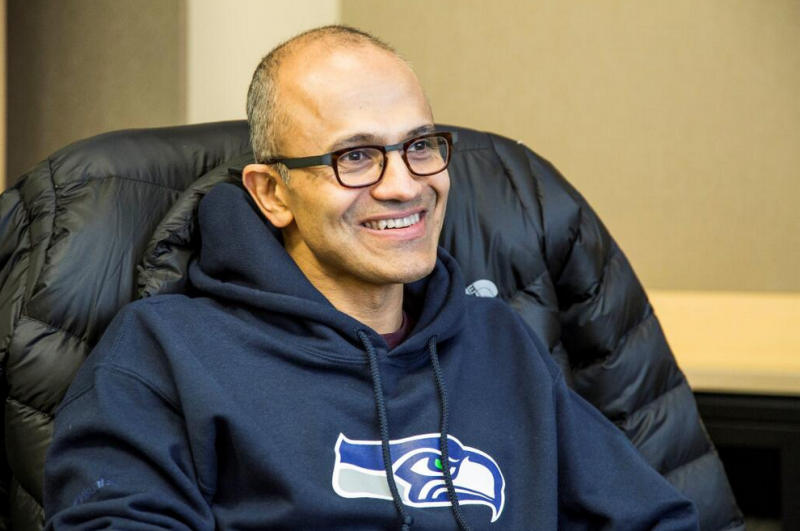
"The whining is over," Nadella once told a gathering of 150 executives.
As we go into 2019, Nadella still has plenty of challenges to tackle. Shrinking PC sales are hampering Microsoft's Windows 10 ambitions, while it's struggled to make its Cortana personal assistant a mass-market success. And the Xbox One video-game console is struggling against the competing Sony PlayStation 4.
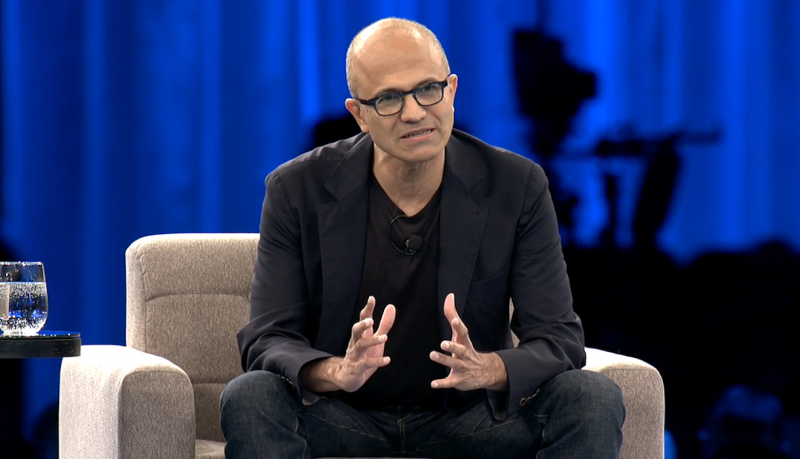
But for the first time in a long time, things are looking up for Microsoft. Recently, Microsoft became the most valuable company in the world, overtaking Apple for the first time since 2010. Whether or not it stays that way, it's clear that Microsoft is on the upswing.

